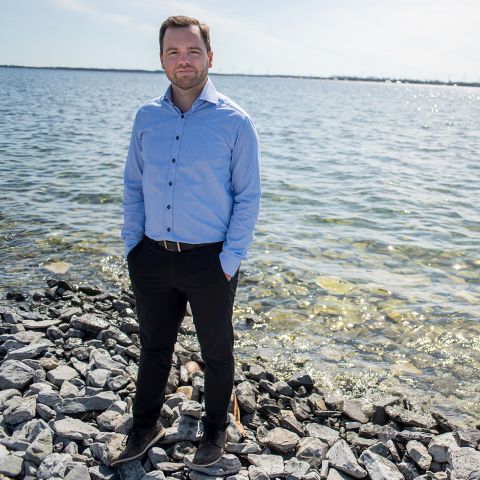
Dr. Olsthoorn models the physical processes that mix up the world’s lakes and oceans. Along the way, he has studied many different types of fluid transport problems ranging from internal solitary waves to arterial flow. Leaning into eclectic background, Dr. Olsthoorn wants to change the way we look at fluid mechanics challenges by integrating mathematical tools, laboratory measurements, and numerical methods.
Education
|
2017 |
Doctor of Philosophy |
University of Cambridge |
|
2013 |
Master of Mathematics Degree |
University of Waterloo |
|
2012 |
Bachelor of Mathematics Honors Degree |
University of Waterloo |
Academic Experience
|
2022-Present |
Assistant Professor |
|
2017-2021 |
Postdoctoral Research Fellow |
|
2017-2019 |
Sessional Lecturer |
|
2012-2013 |
Teaching Assistant |
My Team
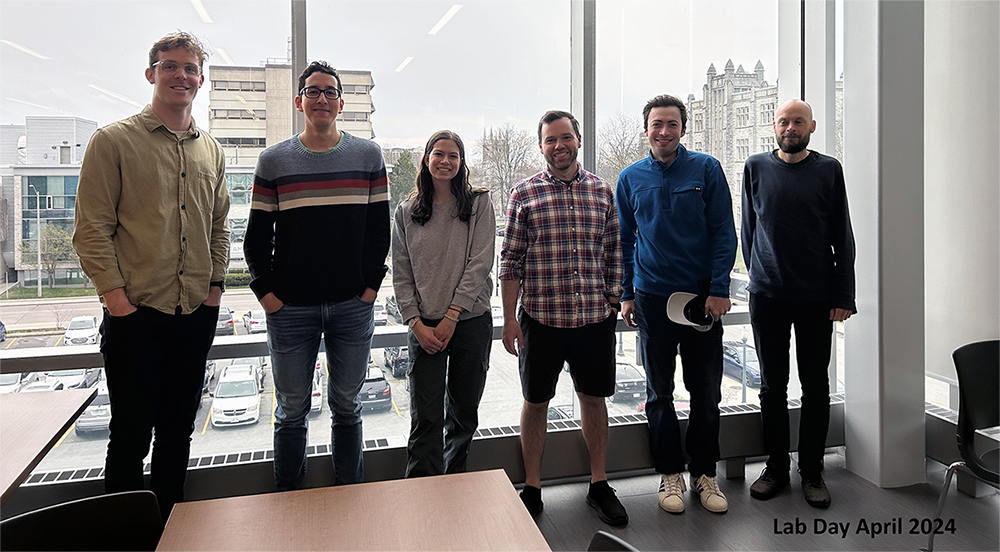
Research Direction: Humans depend on inland waters to survive. Lakes contribute to a healthy environment, supply sustainable cities with enough water, and are an Essential Climate Variable according to the World Meteorological Organization. However, drinking water reservoirs are shrinking across the globe, while lake temperatures are rising and becoming increasingly hostile to life. Quantifying the physical processes affecting these aquatic systems will enable us to create solutions to these global problems.
Our research program uses mathematical models to solve fluid mechanics challenges. We construct these physical models from a combination of theory, laboratory measurements, and numerical simulations. Our current research focuses on physical processes in lakes, which have many analogues in other systems such as oceanography and geophysics. By combing new advances in data science and laboratory methods, we model the fundamental mixing processes in the environment.
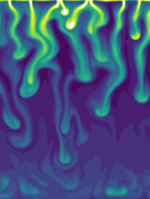
Winter Mixing Processes: Recent research has highlighted both the importance and lack of understanding of winter processes in ice-covered lakes. We have made progress on some of these processes: brine rejection, cold-water convection, and radiatively driven convection. However, it remains unclear how and when these processes will dominate the convective transport in these systems.
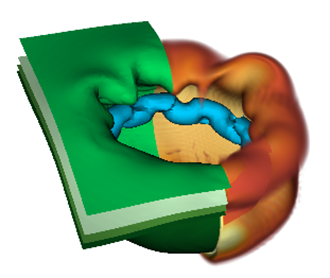
Laboratory-data assimilation: Our understanding of lakes is currently limited by our data. Data from field studies and laboratory experiments are often sparse compared to the resolution required to characterize the controlling processes, such as mixing. We use new data science techniques to assimilate data from the laboratory into numerical models. The ability to accurately integrate laboratory data into a numerical code provides access to data that laboratory experiments cannot measure in systems that would be inaccessible by computer simulations alone.
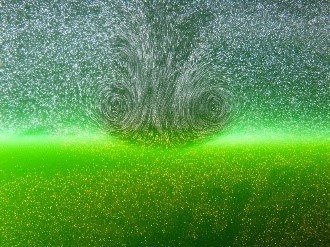
Stratified turbulence: Historically, vortex rings were used to model turbulent eddies in a much more chaotic environment. We returned to this problem, implementing modern experimental and numerical techniques to quantify how vortex rings mix a stratification. We demonstrated that the repetitive impact of a vortex ring on a stratified interface will result in self-similar mixing.
Please find my Google Scholar Page
Selected Publications
Olsthoorn, J., Tedford, E.W., and Lawrence, G.A. (2021) The Cooling Box Problem: Convection with a quadratic equation of state. Journal of Fluid Mechanics, 918, A6.
Olsthoorn, J., Bluteau, C.E. and Lawrence, G.A. (2020) Under‐ice salinity transport in low‐salinity waterbodies. Limnology and Oceanography. 65: 247-259.
Olsthoorn, J. and Dalziel, S.B. (2017) Three-Dimensional Visualization of the Interaction of a Vortex Ring with a Stratified Interface. Journal of Fluid Mechanics. 820: 549-579.
Olsthoorn, J. and Dalziel, S.B. (2015) Vortex-ring-induced stratified mixing. Journal of Fluid Mechanics. 781: 113-126.
Olsthoorn, J., Baglaenko, A., Stastna, M. (2013) Analysis of Asymmetries in Propagating Mode-2 Waves. Nonlinear Processes in Geophysics. 20: 59-69.
|
2019 |
Izaak Walton Killam Memorial Postdoctoral Research Fellowship |
|
2019 |
NSERC Postdoctoral Fellowship |
|
2016 |
Woods Hole Geophysical Fluid Dynamics Fellow |
I am always looking for talented and driven students to help solve fluid transport and mixing challenges!
I am currently looking for two graduate students to start in Fall 2022 or Winter 2023.
I also have several openings for Undergraduate Summer Research Assistants.
Interested candidates should send a cover letter, CV, and transcripts to jason.olsthoorn@queensu.ca with the subject line “Olsthoorn research opportunity”.
To find out more on how to apply to graduate school at Queen’s University, please find the link here.